
Bachata Dancing, in particular, has been a passion of mine for 16 years now, and It's pretty exciting that every day, there's a new discovery, new concept, a new theory...new techniques.
In the name of research and self-discovery, I started embracing what some people call "Dominican Bachata, "Bachata Autentica" or to put it simply the way bachata is danced in the Dominican Republic, the birthplace of bachata. Thus, the bachata I teach, nowadays, is the structure of the original dance.
(For Reference: Read Bachata Structure Here - Click)
It's in the feeling of the music. I changed the structure of the way I dance because I feel it better. I move better, and most importantly, it make sense, at least for me. In other words, it's my cup of tea, my preference, and my choice.
Through Video Clips, let me share with you my genesis, devolution, my progression in dancing bachata.
I began interviewing bachata musicians and dancers in the dance scene; in the USA and the Dominican Republic. They were always accommodating in sharing their experiences, their interpretations and even sharing a little bit of history.
When I traveled to DR, some great dancers and teachers were gracious enough to exchange some techniques and concepts with me.
TO VIEW HOW BACHATA IS DANCED PART 1 - Pls click The Forgotten Move of Bachata ( I explained in details about Hip Movements)
There's still a lot things to learn in dancing the original bachata. But the most important thing in my opinion, is the very structure. In a dance, a structure is like a building. Once the foundation is laid, you cannot change it, unless you demolish the foundation. But any architect can design the building to their liking and skills.
There are many interpretations of bachata dancing nowadays. I suppose to each his own. Some dancer prefer to dance just one type, and others prefer to dance everything. I believe in being a multi-dimensional dancer.
The Bachata I teach is the Structure, the way it was danced in the beginning with techniques that are based from the structure. I happen to believe that once the structure is there, an artist can do whatever he wants. Just like an architect of a building, hecan add or tweak moves here and there, but the structure will still be evident.
There's is big debate going on Facebook forums nowadays. On one side of the aisle, Original Structure Bachateros criticize dancers that uses the term bachata when they teach - I happen to agree with them. Their criticism is the fact that the structure in their own bachata curriculum is missing, therefore, it shouldn't be called bachata. The other side of the aisle criticize the Structured Bachateros of supresssing the evolution of bachata dancing.
I think that both sides of the aisle can actually co-exist. They just need to work out and agree with the terminologies. But then, anyone can call their style of bachata any way they want it, after all, we live in a country where freedom of speech and freedom of religion are welcomed. It's just improper to term a dance that doesn't look like what it's suppose to be.
My personal views on this matter, coming from both sides of the aisle, is that every individual has their own cup of tea. Each side of the aisle just need to keep presenting and promoting the best of their style can offer. I happen to love the original structure of bachata because I feel it.
For Reference: I have made two bachata instructional videos - The Secrets of "Dominican" Bachata.
There is going to be a 3rd video in the series, simply because, as I said before it's a continuing discovery and improvement.
You can find me teaching the original structure at Allegro Ballroom, 5855 Christie Ave, Emeryville, CA - EVERY WEDNESDAY from 730pm until 10pm. You can RSVP Here: https://www.facebook.com/events/1412266519035684/
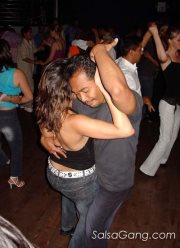
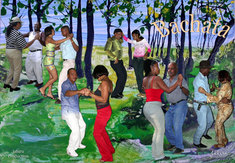


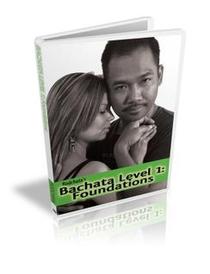
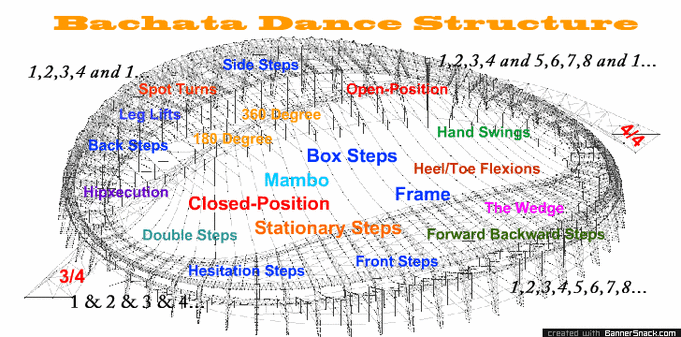
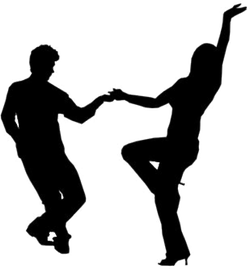
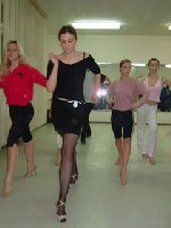
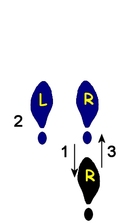
 RSS Feed
RSS Feed
